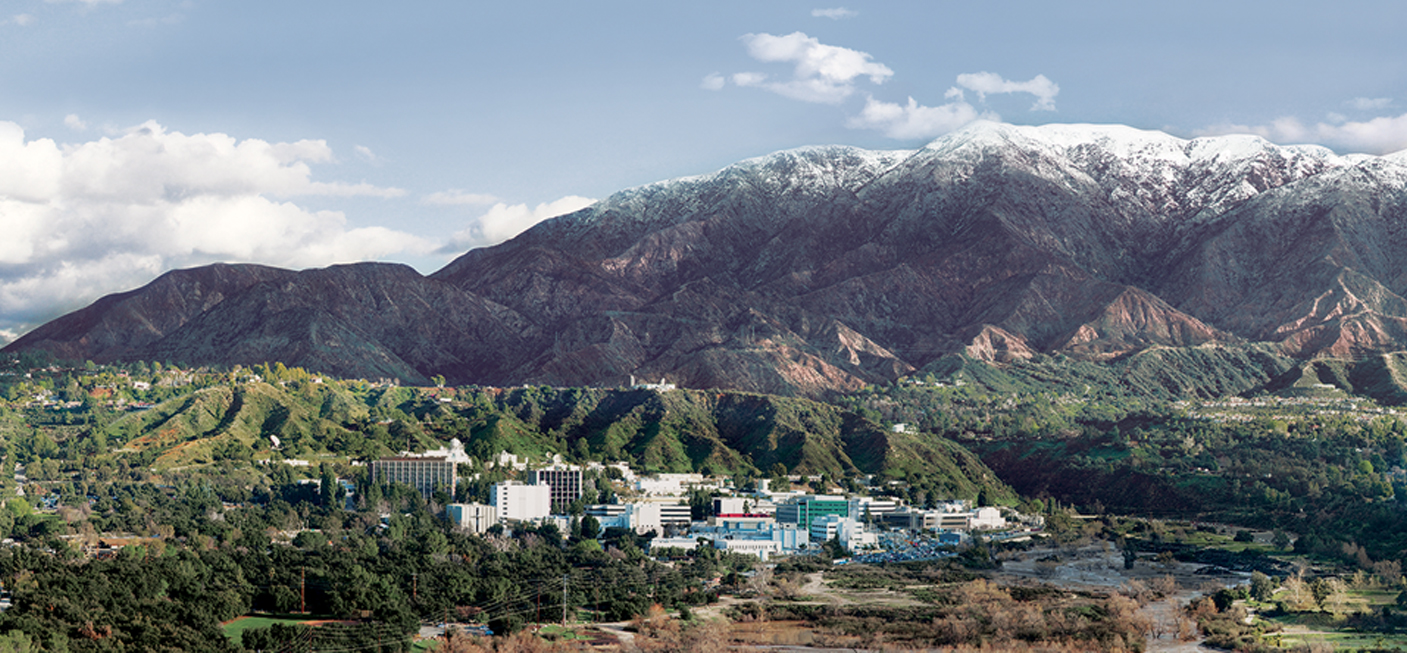
NASA's hub of planetary exploration just turned 80 years old.
On Oct. 31, 1936, a group of researchers from the Guggenheim Aeronautical Laboratory, part of the California Institute of Technology (Caltech) in Pasadena, fired up a rocket engine for 3 seconds during a test in Arroyo Seco, a canyon wash in the San Gabriel Mountains.
Those 3 seconds helped launch the space age: The Jet Propulsion Laboratory (JPL) was born that day, more than 20 years before NASA came into existence. JPL engineers helped master the rocket technology that has fueled the American space program, and today the facility is NASA's leading center for the robotic exploration of deep space. [Hear Old NASA JPL Audio Recordings]
Over the years, JPL has managed some of NASA's most famous and accomplished planetary missions, including the Voyager 1 and Voyager 2 spacecraft, which launched in 1977 to perform a "grand tour" of the solar system's giant planets. Both spacecraft kept right on flying after fulfilling that goal; indeed, in 2012, Voyager 1 became the first probe ever to reach interstellar space — a milestone Voyager 2 will match soon.
JPL also leads the Cassini spacecraft, which has been orbiting Saturn since 2004. In addition, JPL serves as mission control for the Mars rover Curiosity, whose observations have revealed that the Red Planet was capable of supporting microbial life billions of years ago.
"The dreams and spirit of exploration that originally propelled JPL into the forefront of rocket research and ultimately deep-space exploration continue to this day," JPL Director Mike Watkins said in a statement. "I think the pioneers of JPL would be very proud to know that today we have some two dozen spacecraft and instruments studying our solar system, the universe and our home planet, Earth."
JPL also fulfills a number of other roles. For example, it's the home of NASA's Near Earth Object Program, which keeps tabs on asteroids and comets that could pose a threat to the planet. JPL also built and operates the Deep Space Network, a network of radio dishes in Australia, Spain and the California desert that allows mission controllers to communicate with probes throughout the solar system.
Get the Space.com Newsletter
Breaking space news, the latest updates on rocket launches, skywatching events and more!
Caltech manages JPL for NASA.
Follow Mike Wall on Twitter @michaeldwall and Google+. Follow us @Spacedotcom, Facebook or Google+. Originally published on Space.com.
Join our Space Forums to keep talking space on the latest missions, night sky and more! And if you have a news tip, correction or comment, let us know at: community@space.com.

Michael Wall is a Senior Space Writer with Space.com and joined the team in 2010. He primarily covers exoplanets, spaceflight and military space, but has been known to dabble in the space art beat. His book about the search for alien life, "Out There," was published on Nov. 13, 2018. Before becoming a science writer, Michael worked as a herpetologist and wildlife biologist. He has a Ph.D. in evolutionary biology from the University of Sydney, Australia, a bachelor's degree from the University of Arizona, and a graduate certificate in science writing from the University of California, Santa Cruz. To find out what his latest project is, you can follow Michael on Twitter.









